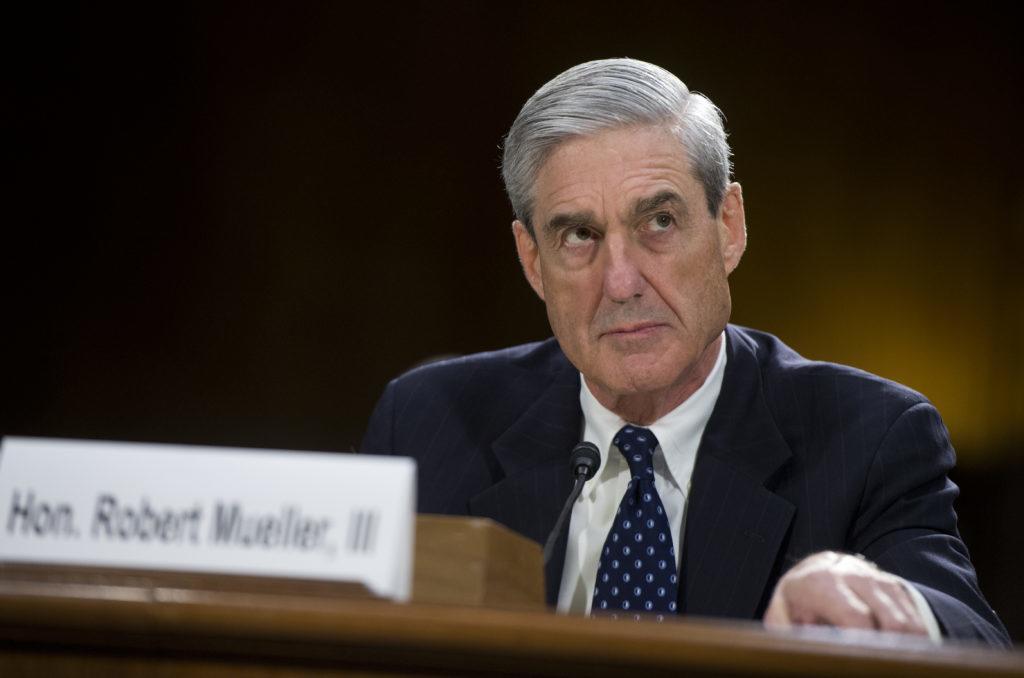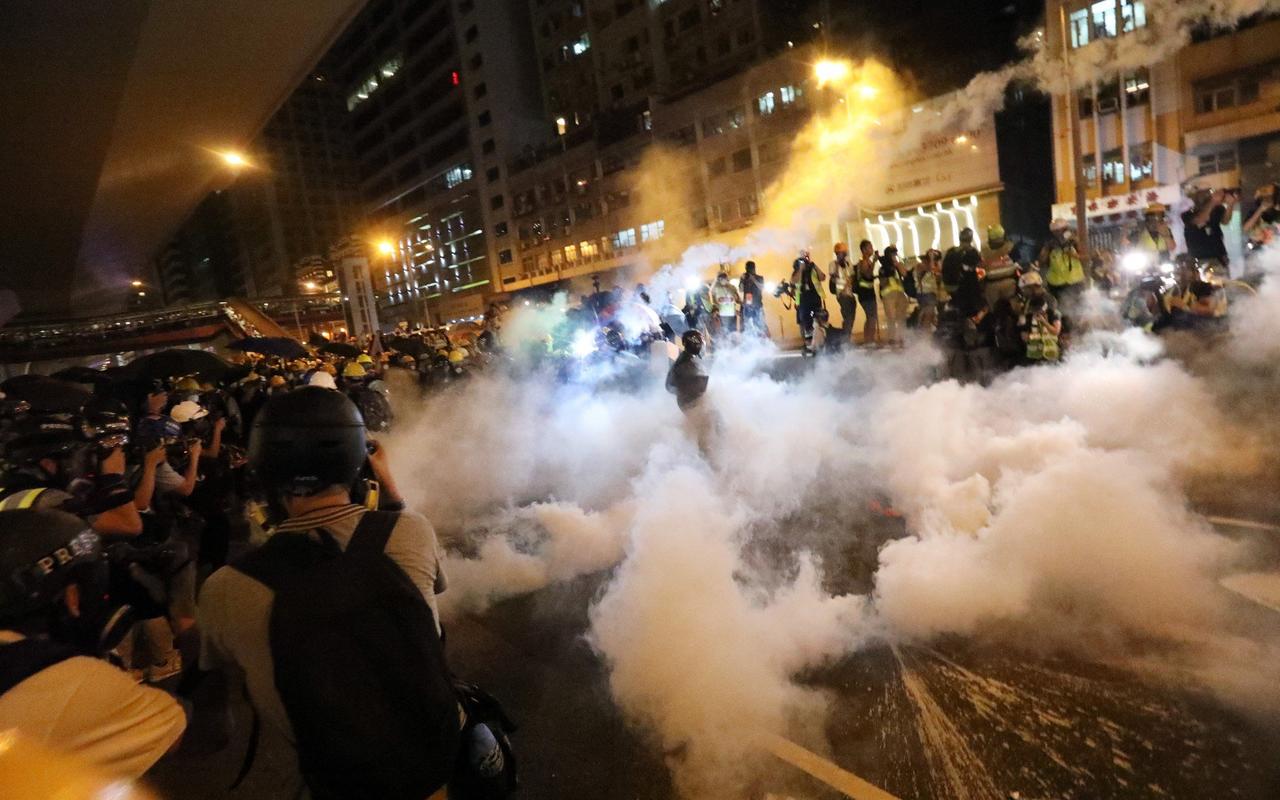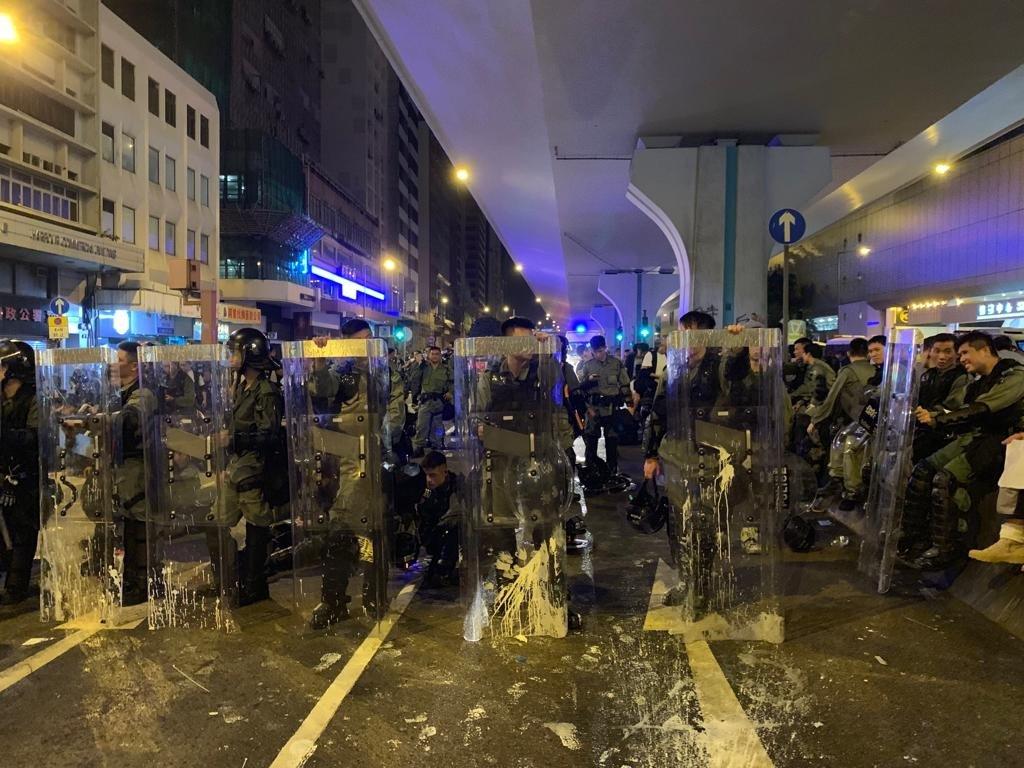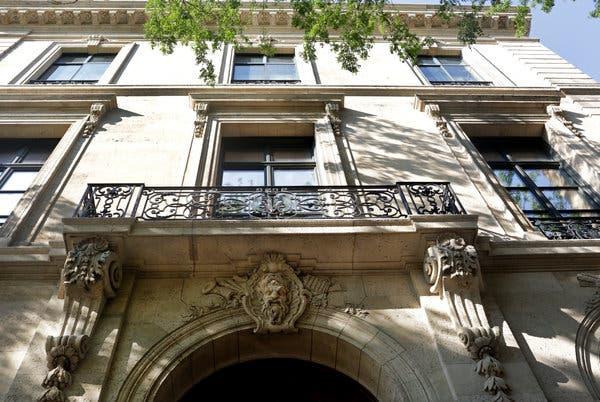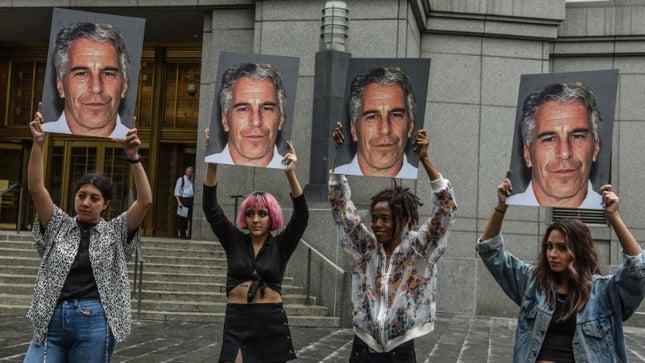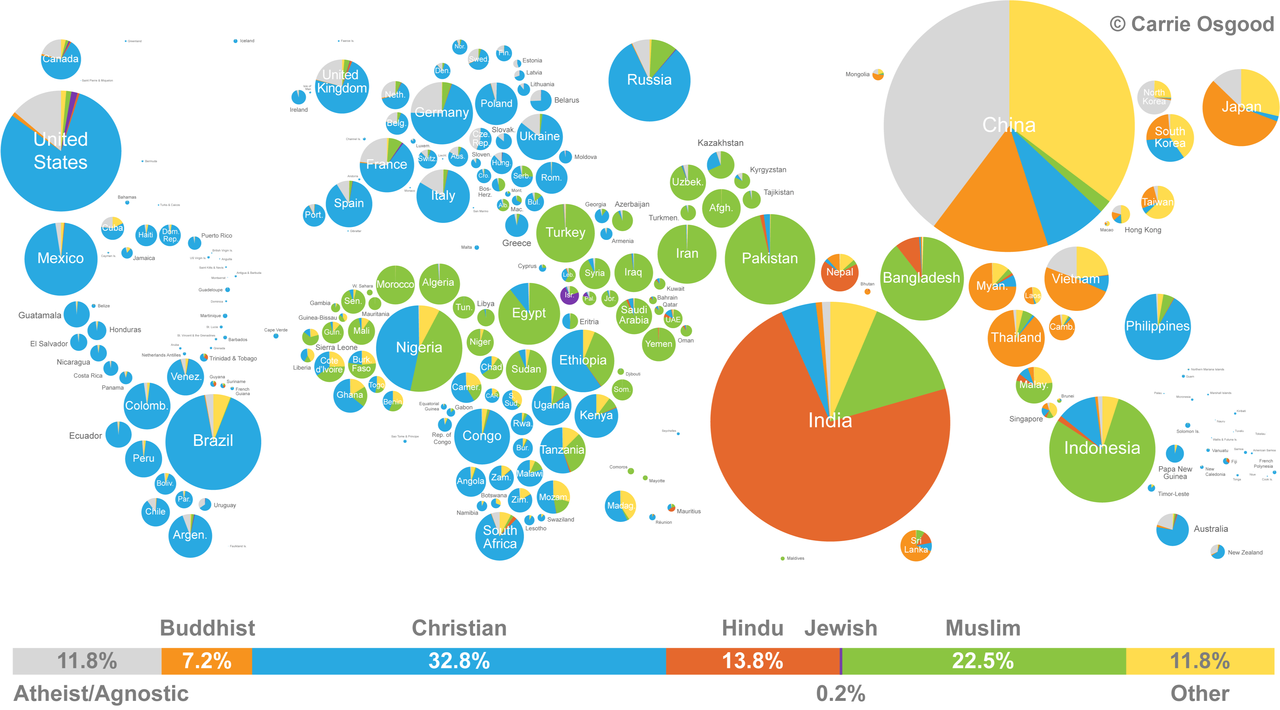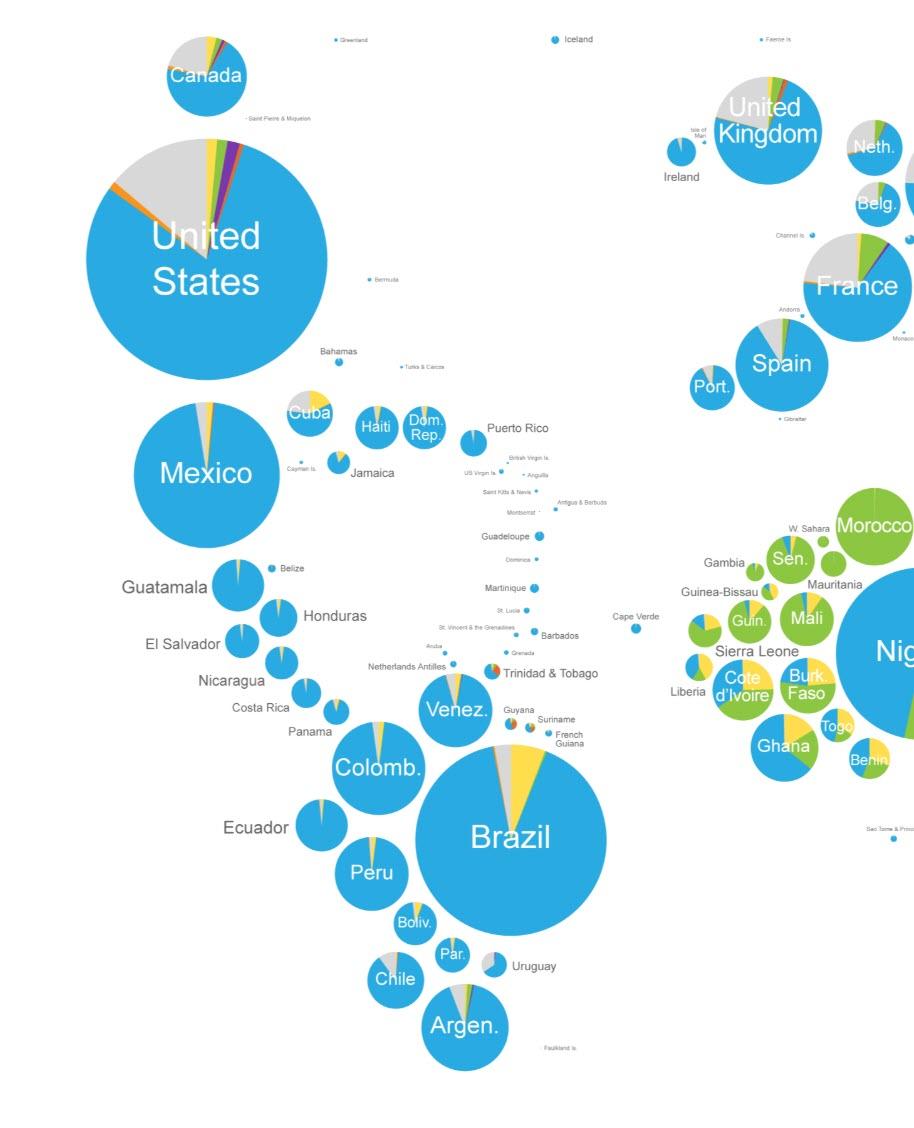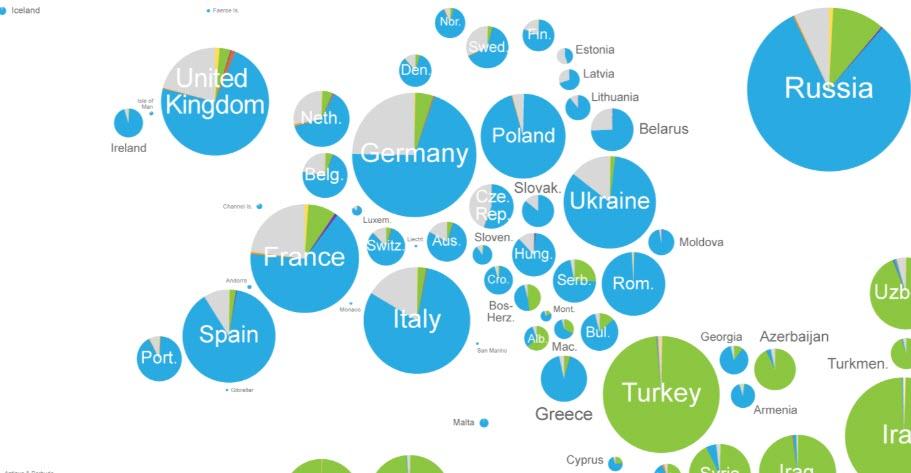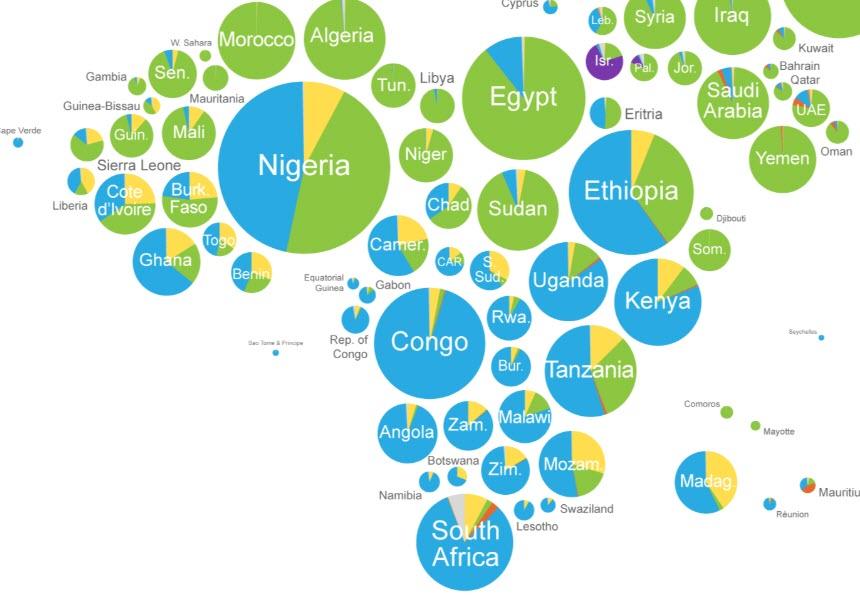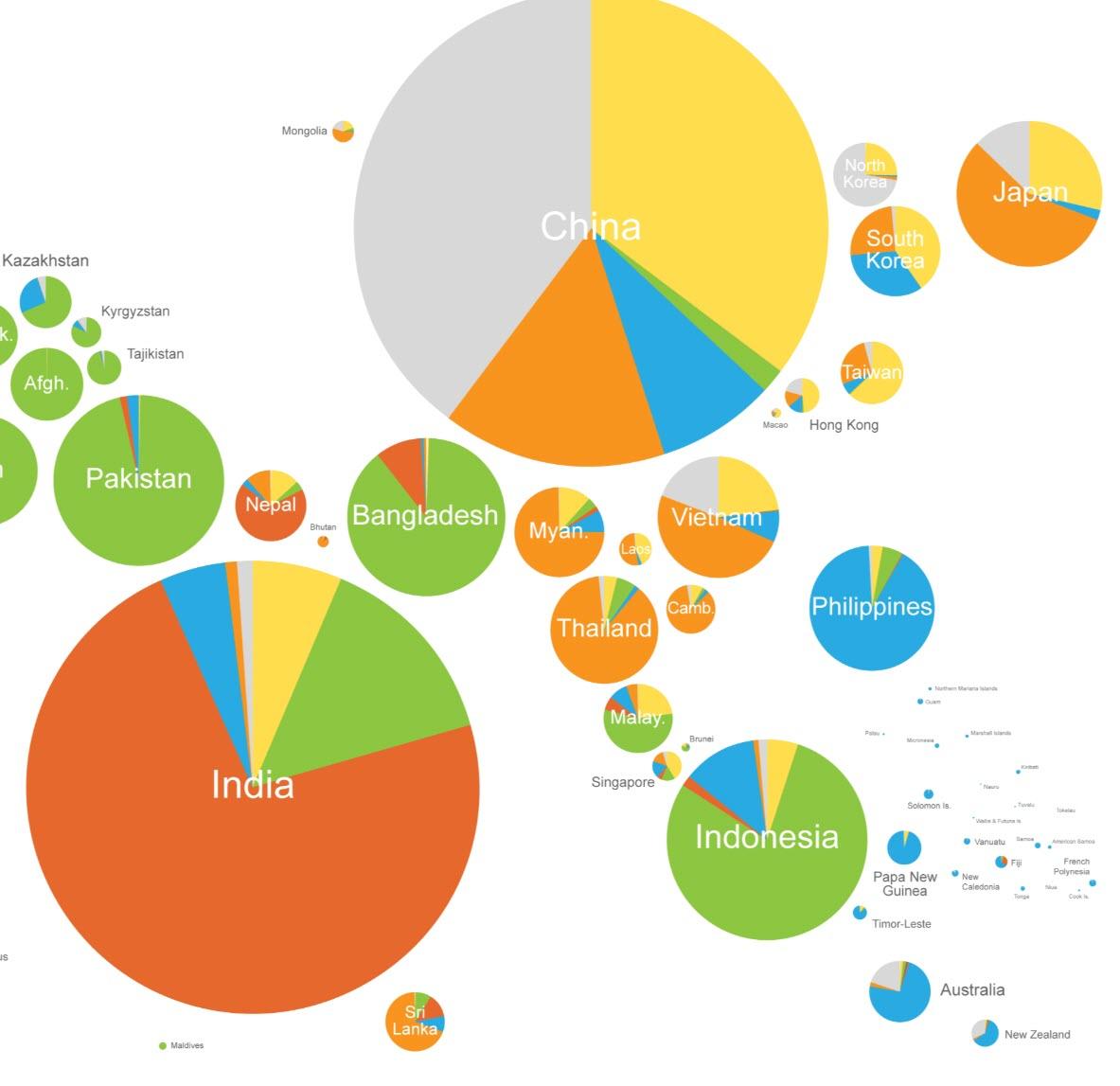With Special Counsel Robert Mueller slated to testify before the House Judiciary and Intelligence committees on Wednesday, lawmakers on both sides of the aisle will have an opportunity to question him about his two-year probe into Russian interference in the 2016 US election – as well as his decision not to render an opinion on whether Trump obstructed the investigation.
Mueller has made clear that he won’t say anything beyond what’s in his 448-page report, and that he won’t answer hypotheticals.
While Democrats will likely focus on questions that might provide fodder for Trump’s long-promised impeachment, Republicans will likely highlight that the 22-month probe failed to find a conspiracy between the Trump campaign and the Kremlin to interfere with the election. The GOP is also likely to probe Mueller for answers regarding allegations of FBI misconduct – which House Judiciary Chairman Jerrold Nadler (D-NY) says would be a waste of time.
“Very clear the Trump investigation was not predicated on the so-called dossier, there was nothing wrong with the FISA application, all the things that they’re talking about have been gone through,” Nadler told Fox News Sunday. “If they want to debate or discuss this irrelevancy, let them waste their time. What’s before the American people is the conduct of this president.”
Meanwhile, The Hill has 10 questions they’d like to see Mueller answer:
***
Would you have charged Trump if it weren’t for the OLC opinion?
Democrats want to know if Mueller would have charged Trump with obstruction of justice in the absence of an Office of Legal Counsel (OLC) opinion from the Justice Department that says a sitting president can’t be indicted.
Judiciary Committee aides said Thursday that Democrats would respect Mueller’s desire to stay within the confines of his report. But members are still likely to ask this question, which can be phrased a number of ways.
Mueller is unlikely to answer the question, given his insistence in May that he would not comment on “hypotheticals about the president.”
In his May 29 remarks, Mueller said charging Trump “was not an option we could consider” because of the Justice Department policy. Mueller didn’t say that he would have charged Trump if it weren’t for the policy, but he also declined to clear the president of allegations of wrongdoing.
“If we had had confidence that the president clearly did not commit a crime, we would have said so,” Mueller said.
Attorney General William Barr and then-Deputy Attorney General Rod Rosenstein reviewed the evidence laid out in Mueller’s report and found it to be insufficient to accuse Trump of a crime.
Why did your office write a letter to Barr objecting to his March 24 memo?
Mueller wrote to Barr on May 27 objecting to the attorney general’s four-page memo from a few days earlier outlining the Russia report’s principal conclusions, a revelation that sparked a firestorm in Washington on the eve of Barr’s public testimony before the Senate.
Mueller is likely to be asked about the letter — why his office wrote it, who authored it, how it was leaked — and whether he was satisfied with Barr’s decision not to ultimately release summaries from the report despite the special counsel’s overtures.
Did you blame the media on your call with Barr?
Lawmakers are sure to inquire about Mueller’s interactions with Barr following the March 27 letter, when he asserted that the attorney general’s March 24 memo “did not fully capture the context, nature, and substance” of his work and conclusions.
Barr told Congress in April that, during a later phone call, Mueller told him he was upset by the media coverage of the memo and that he did not take issue with the accuracy of the memo.
“My understanding was his concern was not the accuracy of the statement of the findings in my letter but that he wanted more out there to provide additional context to explain his reasoning and why he didn’t reach a decision on obstruction,” Barr told the Senate Judiciary Committee.
Did any Trump campaign contacts with Russia put national security at risk?
House Intelligence Committee Democrats are particularly interested in the counterintelligence implications of Mueller’s report and whether any contacts between the Trump campaign and Moscow posed national security risks, even if they didn’t amount to criminal conduct.
Mueller’s report briefly notes that the investigation generated “foreign intelligence and counterintelligence information” that was sent to the FBI but acknowledged that not all of it was included in the final report.
Intelligence Committee Chairman Adam Schiff (D-Calif.) and other Democrats on the panel have said they want to focus on the dozens of contacts between Trump campaign associates and Kremlin-linked figures.
Did your investigation exonerate Trump of ‘collusion’ and obstruction allegations?
Trump has cheered the Mueller report as vindicating him of allegations of “collusion” and obstruction of justice.
But Democrats and other critics of the president note that Mueller’s report explicitly states that there was no evaluation of alleged “collusion” — a term often used by the press, Trump administration officials and lawmakers to describe accusations of coordination or conspiracy between the Trump campaign and the Kremlin.
Instead, Mueller investigated whether the Trump campaign conspired with Russia to interfere in the election, finding insufficient evidence to charge anyone associated with the campaign with criminal conspiracy.
Mueller also did not reach a judgment on obstruction of justice. Barr said that left it up to him to make the call.
Should Congress initiate an impeachment inquiry?
Some Democrats took Mueller’s statement on May 29 as a green light to start impeachment proceedings against Trump.
In his terse nine-minute remarks, Mueller did not mention impeachment but said the Constitution “requires a process other than the criminal justice system to formally accuse a sitting president of wrongdoing” while explaining his decision not to reach a judgment on obstruction. He’s likely to be asked what he meant by that.
More than half of the Democrats on the House Judiciary Committee publicly back an impeachment inquiry, and the topic is sure to hang over Mueller’s testimony.
Still, Speaker Nancy Pelosi (D-Calif.) is opposed to impeachment at this time, saying House Democrats are doing plenty to investigate and hold accountable both Trump and his administration.
At what point did you know the investigation was not going to establish conspiracy between the campaign and Russia?
Rep. Jim Jordan (R-Ohio), a Trump ally and Judiciary Committee member, previewed this question in an appearance on Fox News.
“I think the one question all Americans have is, when did you first learn there was no collusion, no coordination, no conspiracy? And if you learned that early, why didn’t you tell us that?” Jordan said on Fox.
Many Republicans are skeptical of Mueller and his team and are likely to use the hearing to question the former special counsel’s credibility, his team and his decisions.
What role did the Steele dossier play in the investigation?
Republicans have focused on the early stages of the Russia investigation before Mueller took it over in May 2017. Of particular interest to them is the FBI’s use of information from the controversial Steele dossier in an application to surveil onetime Trump campaign adviser Carter Page.
The dossier is fleetingly referenced in Mueller’s report in the context of Trump’s reactions to media reports about its allegations and his interactions with then-FBI Director James Comey.
The dossier is described as a collection of “unverified allegations” compiled by ex-British intelligence agent Christopher Steele, a former FBI source who was terminated by the bureau in fall 2016.
Republicans have long scrutinized the dossier following revelations it was paid for by Democrats.
Congressional Republicans opened their own investigations into the origins of the Russia probe when they were in control of the House. Barr has since opened an inquiry into whether intelligence collection targeting the Trump campaign was adequately predicated, and the of Justice inspector general is said to have nearly completed his own review of the FBI’s actions in applying for the Page warrant.
Why did you select people for your team who mostly donated to Democrats?
Another point of contention for GOP lawmakers has been the makeup of Mueller’s team of prosecutors, many of whom are registered Democrats.
Republicans have also seized on anti-Trump text messages exchanged by FBI officials working on the Russia probe before Election Day 2016 as evidence the investigation was initiated by agents biased against Trump. One of the agents, Peter Strzok, was removed from the investigation after the messages became known.
Mueller is a registered Republican, and he was appointed special counsel by Rod Rosenstein, Trump’s hand-picked deputy attorney general.
Why didn’t you compel Trump to be interviewed?
Some legal experts have criticized Mueller’s decision not to issue a subpoena to compel Trump to testify under oath — a move that undoubtedly would have provoked a prolonged court fight.
While Trump submitted written answers to Mueller on the topic of Russian interference, he declined to sit for a voluntary interview with the special counsel’s team or answer questions related to obstruction.
Mueller wrote in his report that he decided not to issue a subpoena because of the “substantial delay” it would have caused, though his team believed they had the “authority and legal justification” to do so. The report also states that Mueller told the president’s legal team that an interview with Trump was “vital” to the investigation.
via ZeroHedge News https://ift.tt/2M5GgdR Tyler Durden
